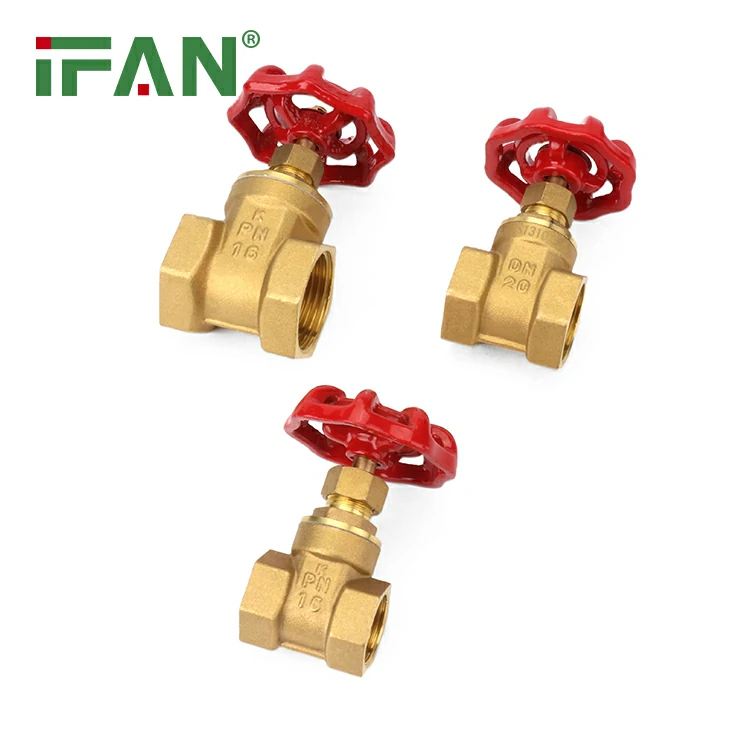Introduction: Understanding Valve Types
Valves control the flow of liquids or gases in various plumbing and industrial systems.
Two common types are the ball valve and the gate valve.
Each serves unique purposes depending on flow control needs and operating conditions.
Choosing the right valve type ensures better performance, safety, and cost efficiency.
This article explores why one might choose a gate valve instead of a ball valve.
We will compare design, functionality, and application suitability in different settings.
Understanding these differences helps users make better system design and maintenance decisions.
Structural Design Differences
Gate valves use a metal gate that moves up and down to control flow.
The design offers minimal resistance when fully open, allowing unrestricted fluid passage.
A ball valve, by contrast, uses a rotating ball with a hole for flow control.
Gate valves generally require more turns to operate, offering gradual flow shutoff.
This feature helps avoid sudden pressure changes in sensitive systems.
In larger pipes or where shock prevention matters, a gate valve is often preferred.
Ball valves offer quicker shutoff, but not always the precision needed for certain systems.
Flow Control Precision
Precision in flow control is a key reason to choose a gate valve.
Gate valves provide more accurate control over fluid levels or flow rates.
The rising stem mechanism allows operators to see how open the valve is.
Unlike a ball valve, which is mostly on or off, gate valves offer mid-range control.
This makes them ideal for throttling in non-slurry or clean-water systems.
For instance, in irrigation or municipal water lines, gradual flow change is essential.
Gate valves enable operators to make fine adjustments without rapid flow disruption.
Precision matters in sensitive applications like laboratory cooling or chemical mixing lines.
Application in Large-Scale Systems
Large-diameter pipelines benefit more from a gate valve than a ball valve.
The gate valve’s design reduces pressure drop across long runs.
In municipal water distribution or fire protection systems, they are commonly used.
Ball valves, while compact and fast, may create turbulence in such setups.
A gate valve handles high-volume flow better due to its straight-through path.
For example, water treatment plants often rely on gate valves for main lines.
When full-bore flow and reliability are priorities, gate valves are the standard choice.
Size, stability, and maintenance compatibility make them ideal for industrial networks.

Pressure and Temperature Handling
In high-pressure or high-temperature systems, a gate valve is often more durable.
Gate valves have metal-to-metal seating, tolerating heat and pressure without deformation.
Ball valves often use soft seats that can degrade under extreme heat or chemicals.
A gate valve can operate under conditions exceeding 200 psi and 400°F in some cases.
For example, in boiler rooms or steam lines, durability matters more than speed.
A gate valve is less likely to warp or leak when exposed to long-term heat.
Such environments make precision and resilience more important than fast shutoff speed.
Gate valves hold up better in fluctuating thermal conditions.
Maintenance and Longevity
Maintenance needs influence the choice between valve types.
A gate valve usually has a simpler, rebuildable structure compared to ball valves.
If a gate valve wears out, internal parts like the stem or gate can be replaced.
Ball valves often require full replacement due to sealed components.
Gate valves are typically more cost-effective over time for large or critical systems.
Their slow operation also reduces mechanical shock, extending system life.
For example, factory pipelines often choose a gate valve to reduce maintenance interruptions.
Long-term value and serviceability are key reasons to prefer a gate valve.
Suitability for Slurry or Viscous Media
Not all fluids behave the same; gate valves work better for some than ball valves.
Gate valves handle thick or particulate-filled fluids poorly due to clogging risk.
However, when used for clean fluids, it offers better flow control than a ball valve.
In contrast, ball valves may perform better in slurry or sewage systems.
Still, a gate valve’s full-open position prevents debris buildup over time.
In oil or gas pipelines with clean content, gate valves are often preferred.
Proper selection depends on the medium being transported and the risk of obstruction.
Matching valve type to fluid characteristics ensures safe and efficient operation.
Conclusion: Choosing the Right Valve
Both valve types have their place in fluid system design.
However, a gate valve provides advantages in size, control, durability, and maintenance.
In large or high-pressure systems, the slower operation becomes a benefit, not a drawback.
Use gate valves when precision flow, rebuildability, and pressure stability are priorities.
Ball valves work well in compact spaces and for quick shutoff needs.
Evaluating your system’s size, fluid type, and flow rate helps make the right choice.
Choosing gate valves mean prioritizing system longevity and control over speed.
Always consult engineering specifications before finalizing your valve selection.

